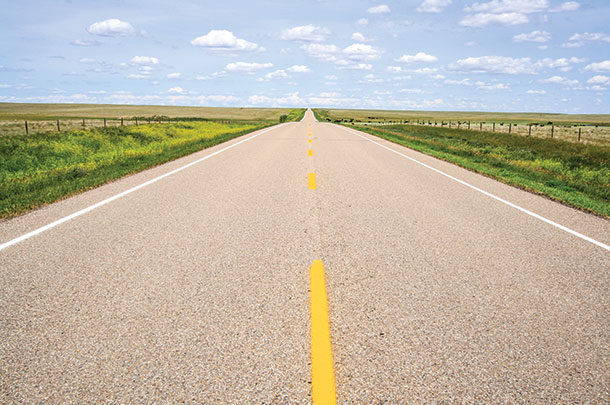We’ve all heard the saying, “Good fences make good neighbors.” A well-built fence provides peace of mind, and riding fences is not a long-lost habit of those who raise livestock.
While most fences are pretty simple, made of T-posts and barbed wire, the potential legal issues that can arise from fences are not always so black-and-white. This article addresses some of the potential issues related to a livestock owner’s potential duty in regards to property in “open range” and “closed range” jurisdictions.
All 50 states have laws regarding whether livestock are allowed to run at large or whether they must be confined. Most states, as one might guess, require livestock owners to keep their livestock on their property. These states are effectively closed range, meaning that a livestock owner has a duty to prevent their livestock from running at large, usually by maintaining a fence to keep the livestock on their property.
Several Western states follow the open range doctrine. Texas, for example, is considered an open range state, meaning that livestock owners are not required to fence in their livestock to prevent them from roaming at large.
That said, if you ever drive through the Lone Star state, you’ll notice that you don’t have to weave and watch out for livestock on the road. This is because there are two exceptions to the open range rule in Texas: Certain counties may adopt local stock laws that modify the common-law rule of open range to closed range, and if your property abuts a U.S. or state highway, your property is considered closed range.
This interplay between open range and closed range exists in other states as well. The National Agricultural Law Center has an excellent resource that provides a summary of each state’s fence laws.
Who’s liable?
If a cow is hit by a vehicle on a highway (an unfortunate event that sometimes occurs), the legal ramifications arising from that accident may change depending on whether the accident occurred in a closed range or open range area. Using Texas as an example, Ole Jake (from Ace Reid’s Cowpokes) gets the dreaded call from a law enforcement officer at 12:01 a.m. that one of his cows was hit on the county road. The eartag and brand clearly show that it was his cow.
Thankfully, no one was injured; however, the vehicle was totaled and there are questions about who was at fault. While the legal analysis will likely be more in-depth, the initial two questions may be: Was the road a U.S. or state highway and, if no, had the county where the accident occurred adopted a local stock law making it a closed range county for cattle?
In this example, Ole Jake catches an unusual lucky break, as the accident happened on a county road (not a U.S. or state highway) and his county has not passed a local stock law. This means he had no legal duty to prevent it from running at large. In contrast, if Ole Jake’s cow was hit on Highway 21 (a state highway), he may be liable.
The blanket open range protection is not afforded here, and additional facts will likely need to be addressed to determine potential liability. For example, is the neighbor always calling about Ole Jake’s cows being out on the road, or are the fences in poor condition? These sorts of facts, among others, may be important in determining if Ole Jake might be liable.
As livestock owners, we don’t want our animals to escape and cross busy highways, but the grass is sometimes greener on the other side of the fence, and animals get out. That said, understanding what sort of liability may exist in your jurisdiction if the worst-case scenario occurs is likely a helpful exercise to run through, just in case you get that call at 12:01 a.m.
Friendly disclaimer: This article is for informational purposes only and is not intended to create an attorney-client relationship. I recommend that you consult a licensed attorney in your jurisdiction before relying on the information contained in this article.








